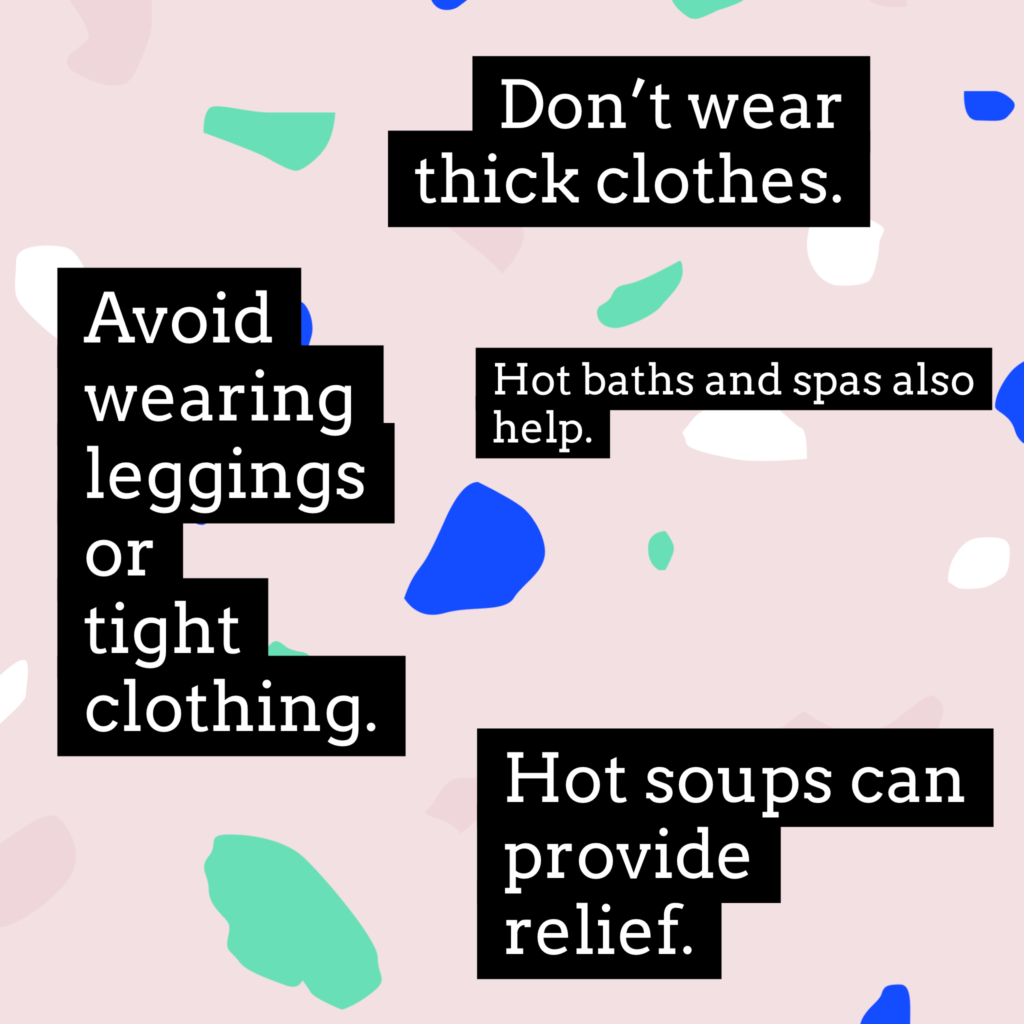At first Janice thought it was the cold weather. Fingers numb to the touch, tingling at the tips. No amount of rubbing together or sliding up and down her jeans would reinvigorate the blood flow.
“Even wearing gloves didn’t help,” she told us. “It was very difficult typing out a text message on the phone as I couldn’t feel my fingers.”
Thinking at first she had a circulation issue, Janice was later diagnosed with Raynaud’s. Sometimes known as a disease, a syndrome or a phenomenon, the labelling matters little when the effects can be so tough to deal with.
First off, let’s find out what we’re up against.
What Is Raynaud’s?
Raynaud’s is a rare disease that mostly affects women living in colder climates. People with this condition experience numbness or a tingling sensation when exposed to coldness. This is because of the constriction in their blood vessels.
As worrying as this sounds, the condition is not life threatening. But we understand that it is extremely uncomfortable to live with.
There are ways of alleviating the effects of Raynaud’s. We’ll take a look at those shortly. First, let’s see where this all started.
The history of Raynaud’s Disease
Its name was coined after the French physician, Maurice Raynaud, who discovered the disease in 1862. After exposure to cold and stress, Raynaud noticed that some of his female patients experienced colour changes in their hands. Raynaud’s seems to be hereditary as there is a common genetic component to those affected by it.
If one of your family members has it, it is suggested to have everyone checked to see if others have it as well. The onset of symptoms might be delayed for some, while it can be as early as age 15 for others.
Types of Raynaud’s
- Primary
Primary is often caused by family history or lifestyle (i.e. smoking). It is more common to women at ages 15 – 30 who are living in colder climates.
- Secondary
It occurs as a result of other health conditions such as lupus or other auto-immune diseases.
The ongoing impact of Raynaud’s disease
People with the disease find it uncomfortable and often painful. Think of having frostbite, except that it can develop in shorter exposure to cold conditions. It can also occur even in the hot season when the person holds an ice cold cup or something frozen.
In this case, fingers will instantly turn white and numb. There are also instances where the area exposed to coldness might turn blue. This is more common in the hands, feet, nose, and ears. It can last for several hours.
What are the possible treatments for Raynaud’s Phenomenon?
For severe cases, some doctors treat it with drug therapy. This serves to relax the blood vessels and lessen the constriction. However, many people with Raynaud’s don’t need to undergo any medical treatments. Why is this?
Because most cases are mild. They can be alleviated with warm clothing or heat packs. And even hot water bottles. The goal is to keep your body warm as much as possible.

Here are some tips to keep yourself warm:
- Don’t wear thick clothes. Instead, wear lots of thin layers. The thermal inner garment is also key. This will help insulate you better by trapping the air in between those layers.
- Avoid wearing leggings or tight clothing. These may constrict your blood circulation. Remember, the problem with Raynaud’s is constricted blood vessels. So don’t aggravate the situation.
- Hot baths and spas also help.
- Hot soups can provide relief. Or something as simple as hot water.
There are plenty of products on the market that can help with the situation. Here are just a few you can consider…
Using an extra long hot water bottle with Raynaud’s
Shortly after Janice got in touch through our eBay store we began to look more into Raynaud’s. She had bought a rainbow extra long hot water bottle to use at home in London. With spiralling fuel and living costs Janice needed a way of keeping her hands and fingers warm, without breaking the bank.
Bodywarmers
A nice tartan body warmer helps raise overall body heat. Choose from water bottles, heating pads, blankets, jackets, cushions, and even seat warmers to keep your body protected from the cold.
Wrapping up in a fleece blanket
Fleece is a synthetic material great for keeping the body warm. It is thick enough to keep your body warm but breathable to make your skin breathe. It is not only soft and smooth, but it can also absorb sweat.
Woollen blanket
Wool is the man-made counterpart of fleece. Knitted, stitched and weaved. Our experienced team of knitters produce some fantastic bespoke covers.
Wool also offers the same benefits, as it can also protect you from the cold by helping the body to regulate temperature better. However, some of the types can be itchy.
It can be pricier and heavier than fleece, but a good investment as it can repel water, making it a perfect choice for outdoor activities where water is involved.
Electric Blanket
Electric blankets once had a dodgy reputation. They were dangerous and could potentially lead to fires. These days, they are much safer and provide a toasty warm bed. Placing your hands and fingers on the sheets can help ease Reynaud’s.
Rechargeable Heated Jacket
Get extra warm for 3 – 10 hours with a heated jacket that you can charge for full warmth. These heated jackets can be fleece or shell type. The shell type is like the usual shell jacket that comes in different colours and sizes, but it is heated and rechargeable. Fleece is ideal for cosy home activities, whereas the shell is for stylish outdoor activities.
Rechargeable Electronic Water Bottle
Electronic water bottles can be charged and heated wherever a power source exists. Heat (literally) on hand as it heats water in just a few minutes.
What’s good about it is that it is electrically heated and packed in three protective layers. You can even use it as a hot compress when you are feeling cold. It’s small enough to apply to targeted areas wherever you need warmth.
Hand Warmers
Love being outside but afraid that Reynaud’s will strike? Don’t fret! With hand warmers, you can now enjoy being out in the cold doing activities in the snow with your loved ones.
Choose from good old fashioned gloves or mittens. Hand exercisers, heating pads and protectors also work effectively. As for gloves, there are three types to choose from — electronic, instant, and microwaveable.
Hand Exercisers
Moving helps the blood circulate and it is essential if you have Raynaud’s syndrome to keep the blood circulating. There are lots of options on the market that can enhance your grip while boosting blood circulation. There are also thermo-plastic latex options to keep your hands strong and warm.
Compression Gloves
If you want to keep your hands warm and protected, try compression gloves. Choose from the copper or silver-infused ones or the anti-microbial gloves. Silver gloves aid heat retention and are known for their antibacterial properties.

Heated Mittens
Do you love outdoor activities? Worry no more! There are mittens designed with innovative technology to keep your hands warm for long hours. Some mittens have integrated batteries for even distribution of heat.
Feet Warmers
Apart from the hands, another part of the body that is greatly affected by Raynaud’s disease are the feet. There are many options to keep your feet warm – insoles, silver and copper socks, and even heated slippers.
Silver and copper socks and insoles are great choices, but you may also opt for triple layer thermal technology, which is usually covered in fleece. If you will be in colder places, the best option would be one with heated technology. It can be rechargeable or battery-powered.
Hopefully some of these methods can be useful for you, just like they were for Janice. She continues to battle the effects of Raynaud’s.
“As if things aren’t bad enough at the moment with the cost of living crisis, higher energy bills and everything else going on in the world!” she told us.
“My extra long hot water bottle does get a little heavy when it’s full. But the warmth really helps my hands – and that’s a life saver for me,” she added.
Names have been changed to protect identity.

